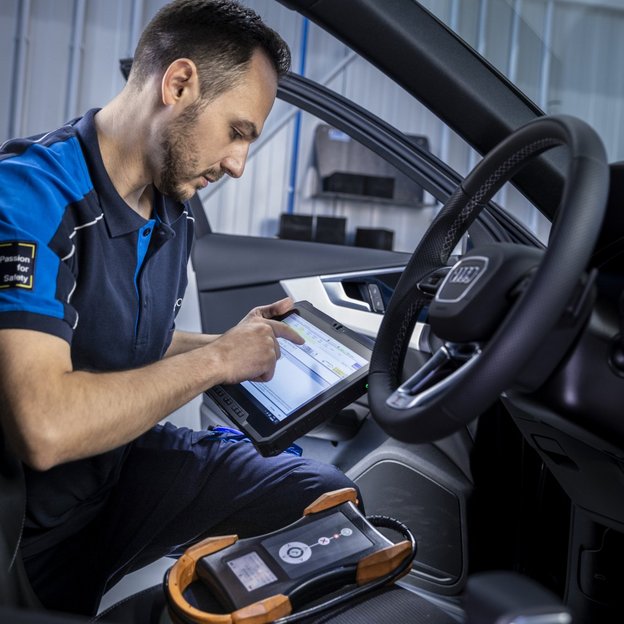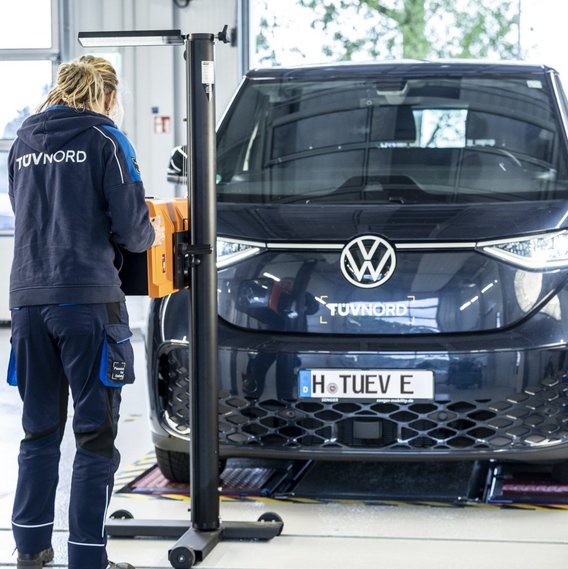The Federal Ministry for Digital and Transport (BMDV) is pursuing a clear goal with "Vision Zero": road traffic without fatalities.
An important step in this direction could be the extended inspection of safety-critical components as part of the general inspection. The integration of artificial intelligence in testing procedures and data analysis is also becoming increasingly important.
With regard to electric vehicles, expert Frederick Adler outlines four developments:
Expansion in the high-voltage sector:
There could be an expansion of the main inspection in the high-voltage safety sector in the near future. Special measurements of insulation resistance and potential equalisation in the entire high-voltage system would be conceivable. Such tests could become mandatory over time, especially as safety relevance increases with the age of the vehicles.
Improved accessibility of safety-critical components:
Until now, the main inspection has been carried out without the need for dismantling. However, a future-orientated vehicle design could integrate concepts that facilitate access to safety-relevant parts, for example through inspection windows or maintenance hatches. At this point, car manufacturers are called upon to develop and realise innovative approaches.
Charging cable inspection:
There is currently no obligation to carry charging cables. In the future, carrying and checking the charging cables (condition/function, possibly measurements) could become relevant during the main inspection.
In-depth battery inspection:
The centrepiece of every electric vehicle is undoubtedly the battery. In the foreseeable future, checking its safety condition could play a role in the main inspection. Such an analysis would not only increase safety, but also contribute to environmental protection. After all, a defective battery harbours enormous risks. While visual inspections are currently the primary method, more comprehensive analyses could be established in the future.

